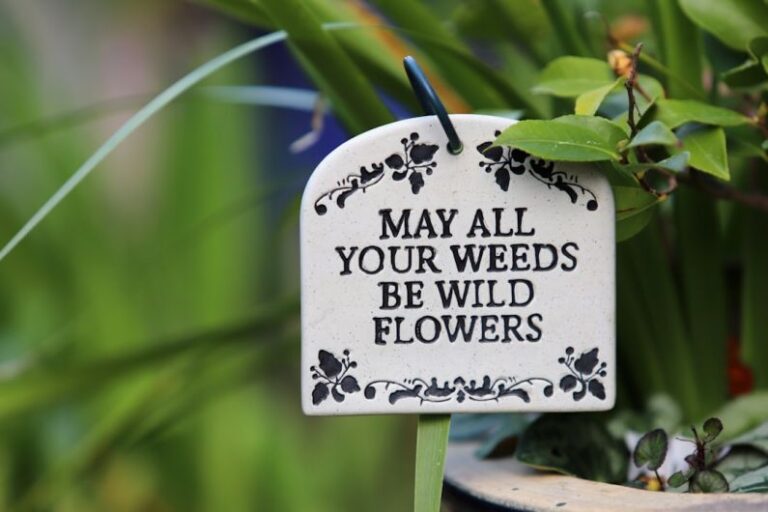Tips for a Successful Vegetable Garden
Growing your own vegetable garden can be a rewarding and fulfilling experience. Not only does it provide you with fresh, nutritious produce, but it also allows you to connect with nature and engage in a sustainable practice. Whether you are a seasoned gardener or a beginner, here are some tips to help you achieve a successful vegetable garden.
**Choose the Right Location**
Selecting the right location for your vegetable garden is crucial to its success. Choose a spot that receives plenty of sunlight, as most vegetables require at least 6-8 hours of direct sunlight each day. Make sure the area has good drainage to prevent waterlogging, which can lead to root rot and other issues. Additionally, consider proximity to a water source for easy irrigation.
**Prepare the Soil**
Healthy soil is the foundation of a thriving vegetable garden. Before planting, test the soil to determine its pH level and nutrient content. Amend the soil as needed by adding organic matter such as compost or aged manure to improve its structure and fertility. Avoid stepping on the soil to prevent compaction, which can hinder root growth.
**Choose the Right Vegetables**
When selecting which vegetables to grow in your garden, consider your climate, available space, and personal preferences. Start with easy-to-grow vegetables such as tomatoes, peppers, lettuce, and zucchini if you are a beginner. Research the specific requirements of each vegetable, including planting depth, spacing, and watering needs, to ensure they thrive in your garden.
**Practice Crop Rotation**
To prevent soil depletion and minimize disease and pest problems, practice crop rotation in your vegetable garden. Rotate crops within different plant families each season to maintain soil health and balance nutrient levels. This practice also helps break the life cycle of pests and diseases that may affect specific vegetable families.
**Watering and Mulching**
Proper watering is essential for the success of your vegetable garden. Water deeply and infrequently to encourage deep root growth and drought tolerance. Mulch around plants with organic materials such as straw, shredded leaves, or grass clippings to retain moisture, suppress weeds, and regulate soil temperature. Avoid overhead watering, as it can promote disease spread and water wastage.
**Pest and Disease Management**
Monitor your vegetable garden regularly for signs of pests and diseases, such as holes in leaves, chewed fruits, or yellowing foliage. Identify the culprits early and take appropriate measures to control them, such as handpicking insects, using organic pesticides, or practicing companion planting to deter pests naturally. Proper sanitation, including removing diseased plant parts, can help prevent the spread of diseases.
**Harvesting and Storage**
Harvest vegetables at their peak ripeness for the best flavor and nutritional content. Use sharp tools to avoid damaging plants and handle produce carefully to prevent bruising. Proper storage is essential to prolong the shelf life of harvested vegetables. Store root vegetables in a cool, dark place, while leafy greens and herbs can be stored in the refrigerator.
**Continuous Learning and Improvement**
Successful vegetable gardening requires continuous learning and experimentation. Keep a gardening journal to track your progress, note successes and failures, and make adjustments for the next season. Join a local gardening club or online community to exchange tips and experiences with fellow gardeners. Embrace challenges as opportunities for growth and improvement in your gardening skills.
**Celebrate Your Harvest**
After all your hard work and dedication, take the time to celebrate your harvest and enjoy the fruits of your labor. Share your bounty with friends and family, experiment with new recipes using your homegrown produce, and savor the flavors of freshly picked vegetables. Reflect on the lessons learned from each gardening season and use them to enhance your future garden endeavors.
In conclusion, a successful vegetable garden requires careful planning, consistent effort, and a willingness to adapt to changing conditions. By following these tips and staying committed to your garden, you can create a thriving vegetable oasis that provides you with an abundance of fresh, healthy produce. Happy gardening!






